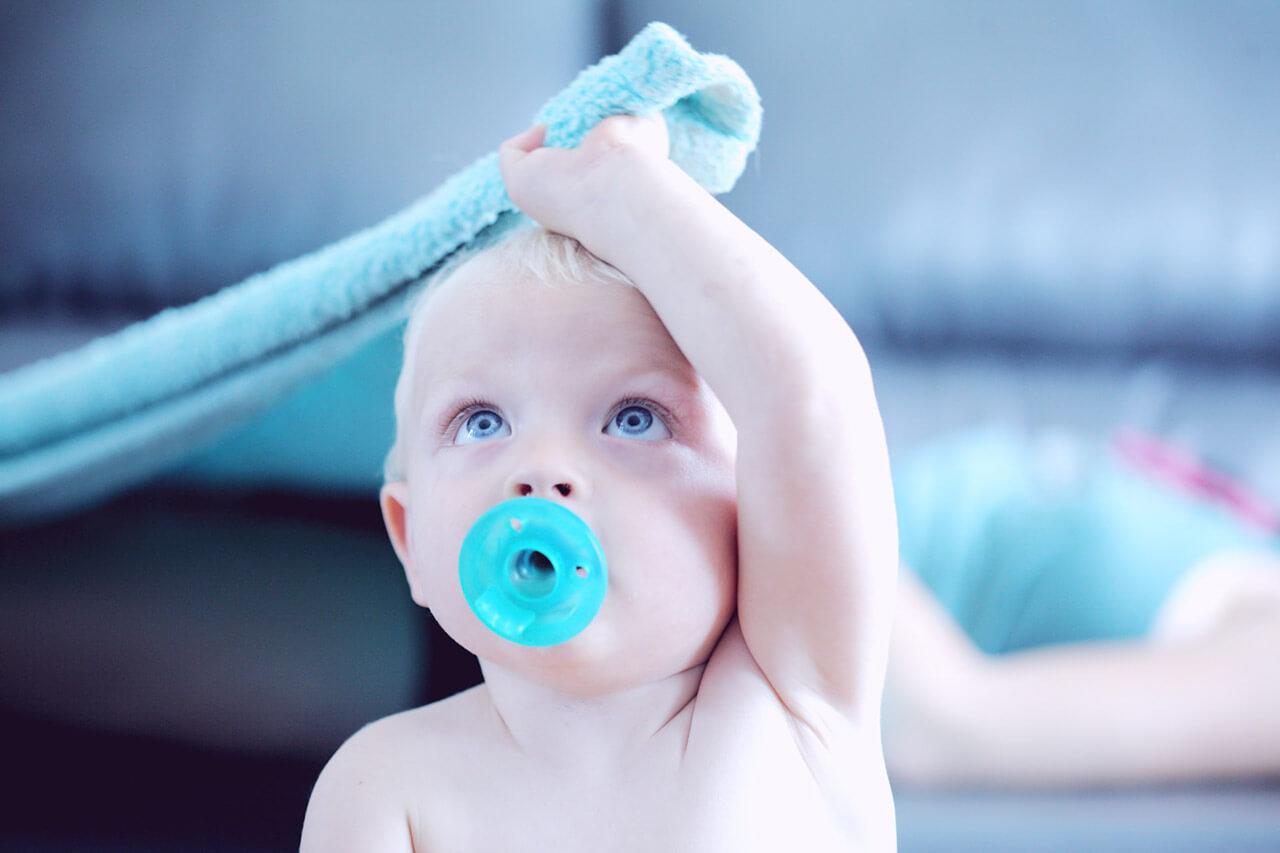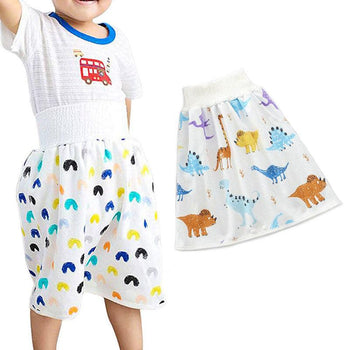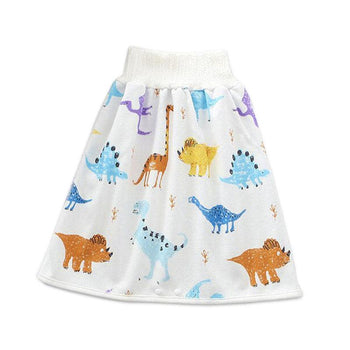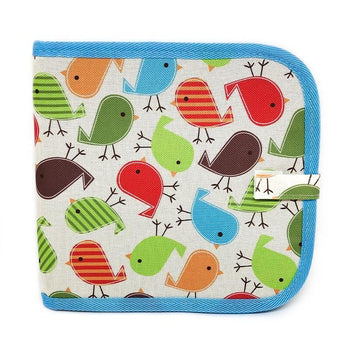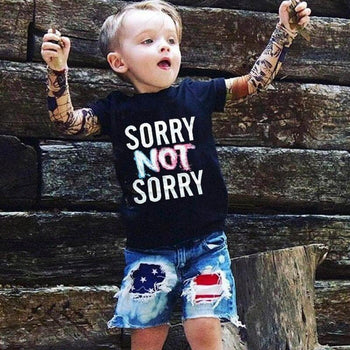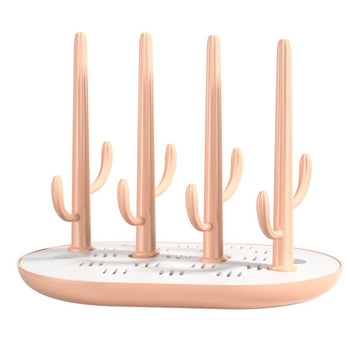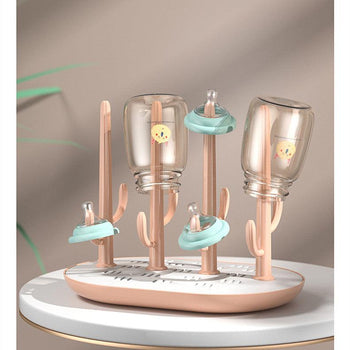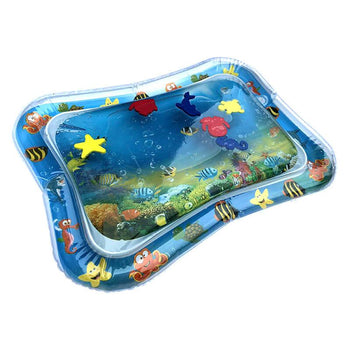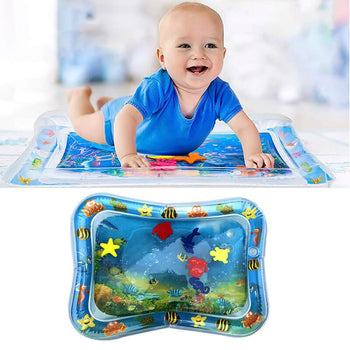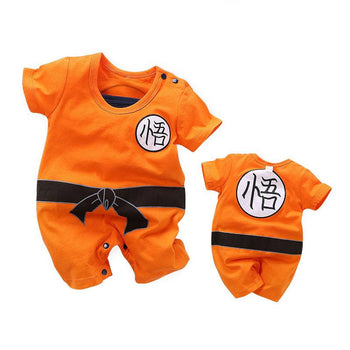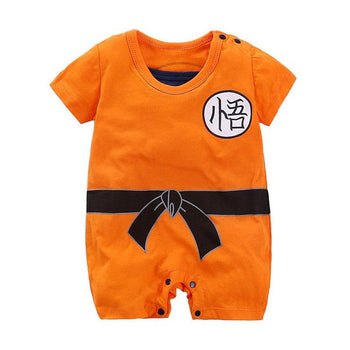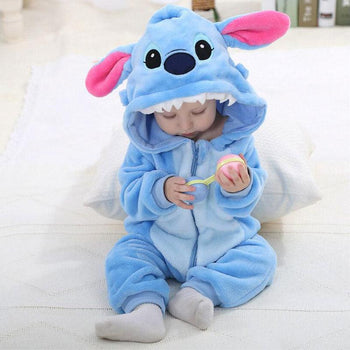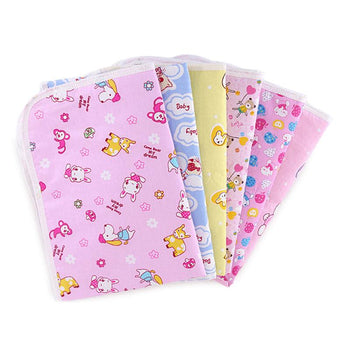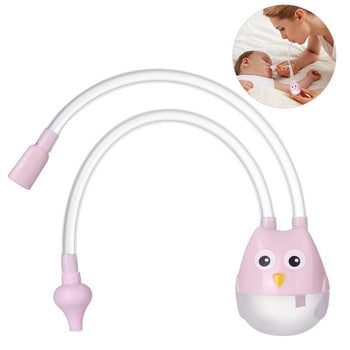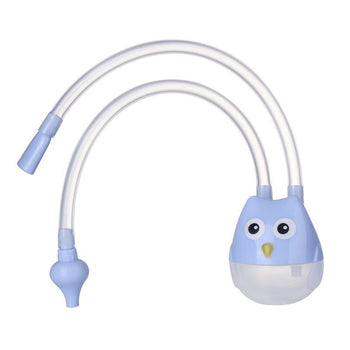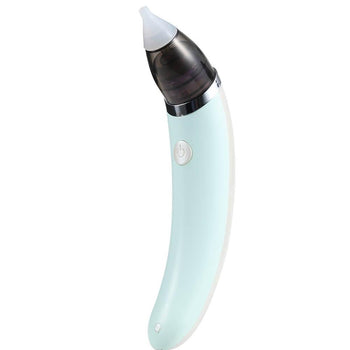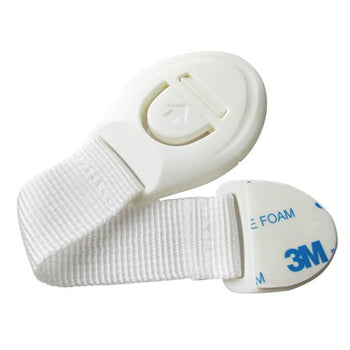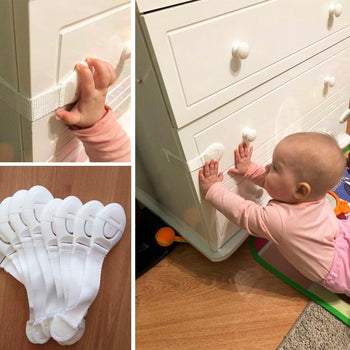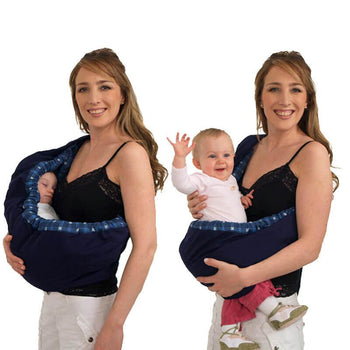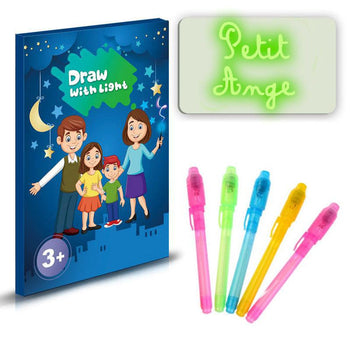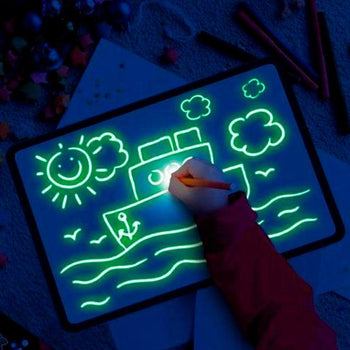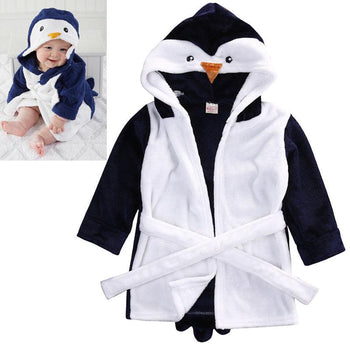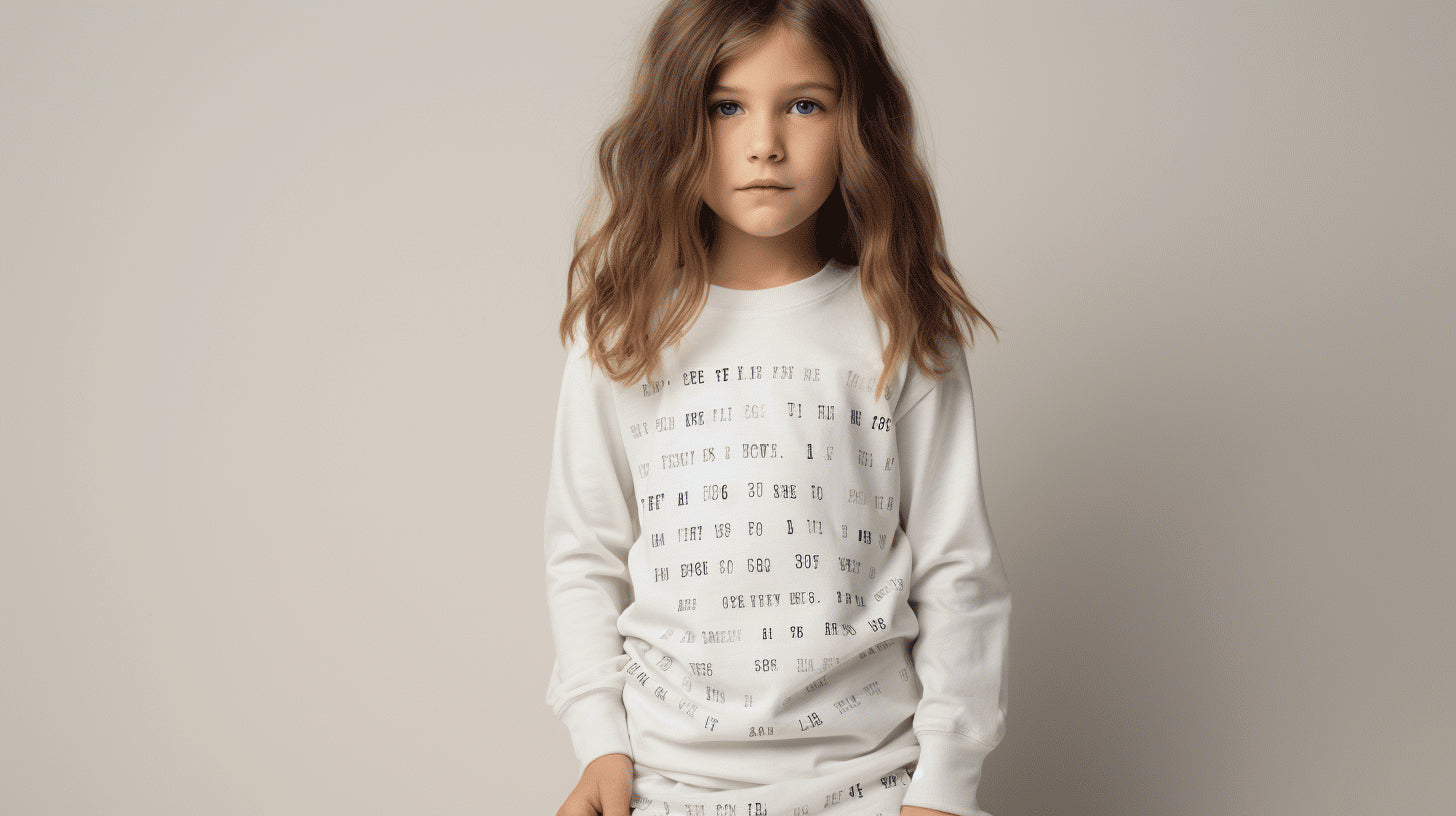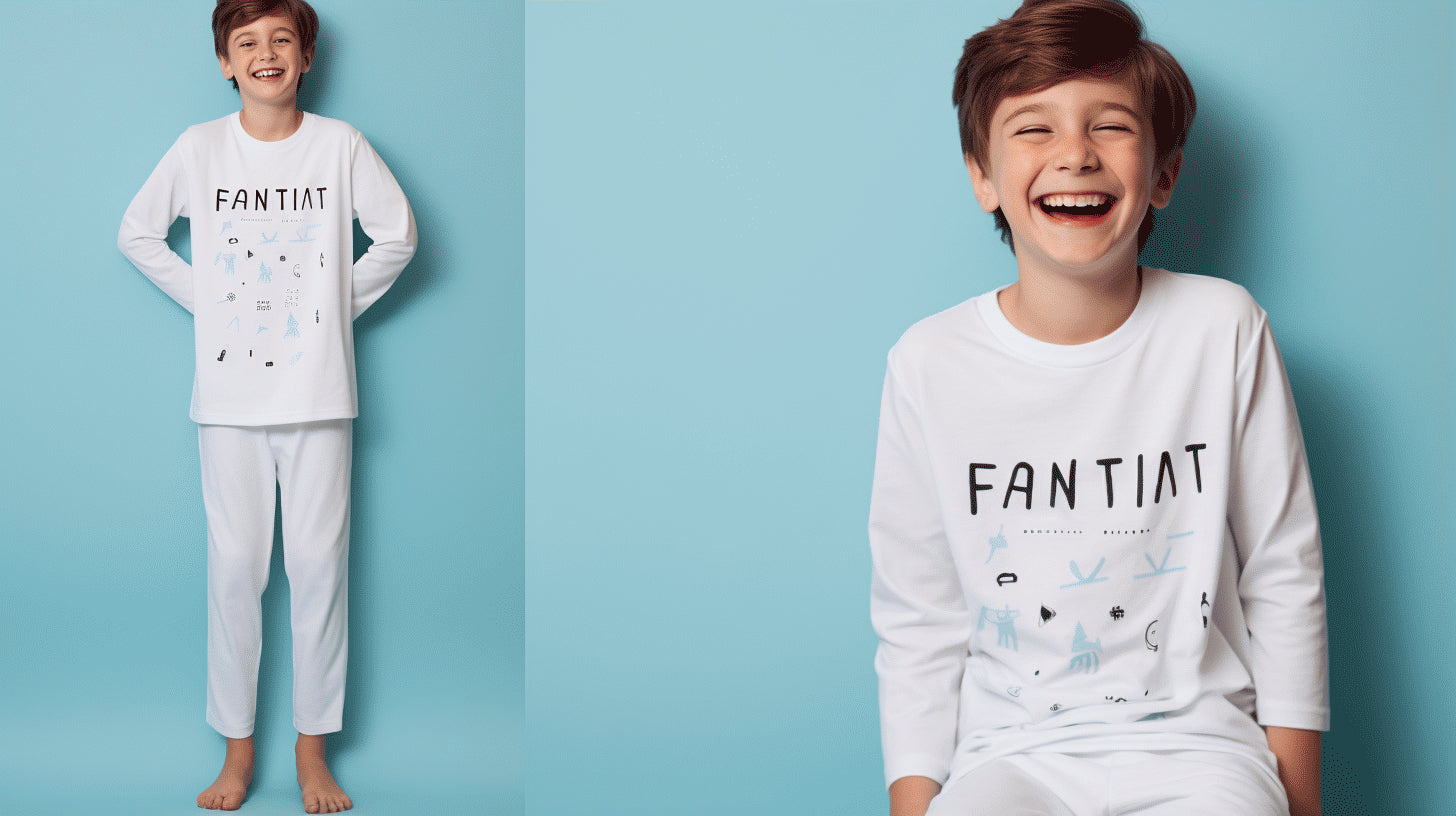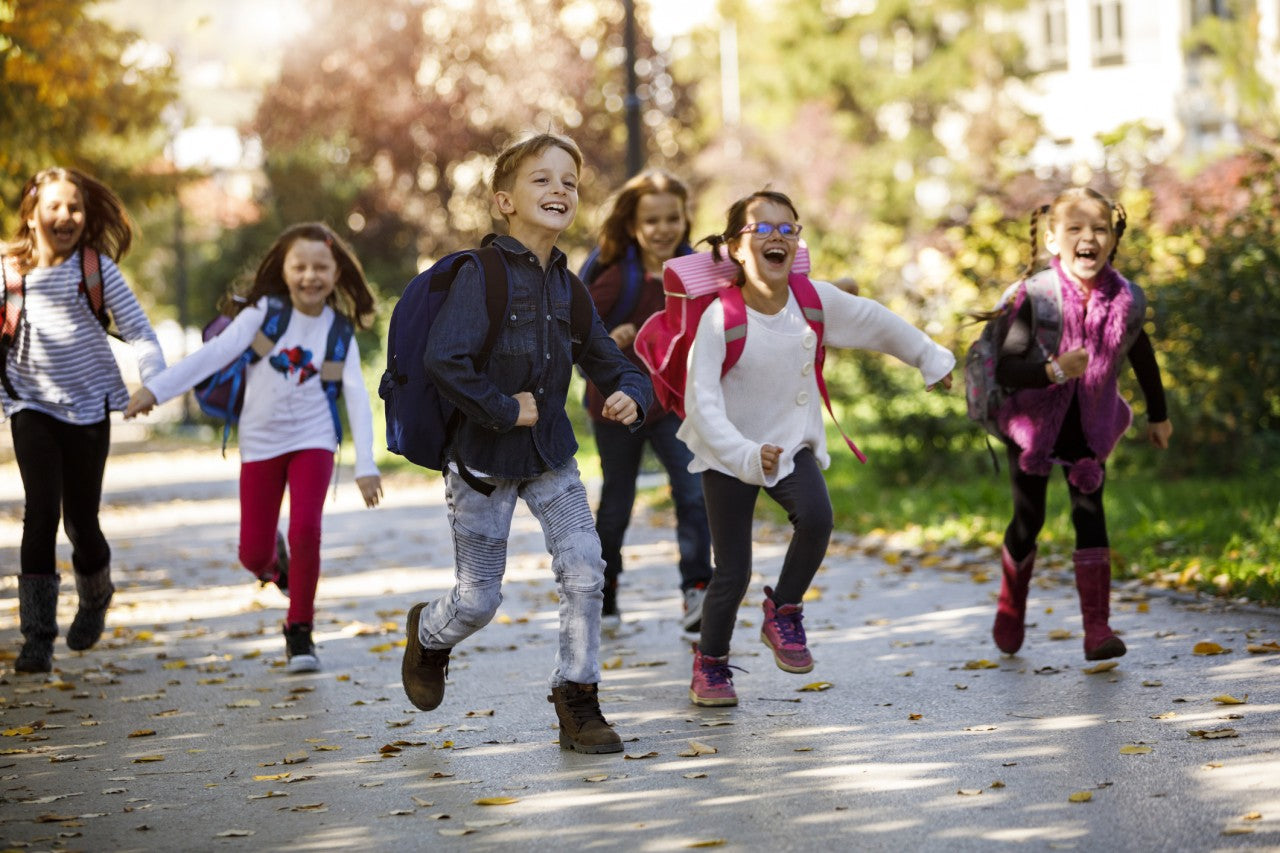Hey, do you have pacifiers in your house? If so, this article is for you.
I'm going to talk to you today about when to get rid of the pacifier, and how to do it.
Pacifiers are not bad for your baby
I think it's important to start our article today with this reminder, pacifiers aren't bad . They are not dangerous. In fact, they may even reduce the risk of SIDS ( sudden infant death syndrome). However, it is important to avoid introducing them before the breastfeeding relationship is established, if you are breastfeeding (or plan to breastfeed).
They are sometimes misunderstood, but in reality, pacifiers can be a useful tool to help our babies sleep well (discover our 10 tips) . Pacifiers can be a tool to help babies calm down without parental help, and can reduce nighttime awakenings (unless your baby constantly asks you to come and replace the pacifier after it has fallen off!)
So let's not forget that, like many things associated with the sleep of babies and young children, pacifiers are not a problem in themselves. If the pacifier fits right into your baby's or child's life (and yours), don't feel like you have to get rid of it.
But what if this is not the case? What if your baby wakes you ten times a night to replace the pacifier after it falls out of his mouth? What if you're tired of carrying pacifiers everywhere you go, so your child doesn't have to go without them? If so, it might be time to get rid of the pacifier for good. 
When to stop the pacifier? The ideal age to quit
When should this be done? This is a big question for parents whose little ones are addicted to pacifiers.
Unfortunately, there is no magic age . Some parents wean their babies from the pacifier at the age of 5 or 6 months, others let their toddlers cling to their pacifier until the age of 3 or 4 years. In reality, there is no good or bad, it is not black or white, when it comes to the use of the pacifier. It's a bit like babies sleeping this way: Babies and young children learn to sleep in different ways and at different ages.
But let's look at a general truth when it comes to weaning babies and toddlers from the pacifier: the sooner you do it, the easier it will be . The same goes for sleep training , toilet training and so many other aspects of child rearing.
This is why pediatricians generally recommend weaning your little one from the pacifier before the age of one year. The idea is that before 12 months your child hasn't had the time (or the cognitive ability) to develop a deep attachment to a pacifier, so weaning them isn't too difficult.
However, this is not the case if you are trying to wean a young child off their pacifier. From around 18 months, a young child has probably developed a strong sense of attachment to their pacifier. Try to remove it then, and it will probably be much more difficult than if you had done it earlier. It's not impossible, of course, but expect there to be tears and anger in your child (and maybe yours too!). Beyond a few years and you add the risk of causing dental problems, too.
How to stop the pacifier?
Just as there is no "right age" to get rid of the pacifier, there is also no "right way" to do it. There are, however, a few things to keep in mind when developing your pacifier weaning plan :
- If you're weaning a baby under 12 months old, you probably don't need to be creative. You can probably just throw away the pacifiers and be prepared for a few sleepless nights and short restless naps.
- If you're weaning a child over 12 months, you might want to get creative. You can get rid of pacifiers when your child isn't looking, of course, and end it all in one fell swoop. But you can also get creative and ask your child to help with the weaning process. I knew a mother who told her 3 year old son to send his pacifiers to children who didn't have them, he helped her to wrap them in a box and everything! It turned out to be a great solution for this family.
Tips for getting rid of the pacifier
Whatever strategies you use to wean your baby or toddler off the pacifier , keep the following tips in mind:
- Plan ahead. Weaning a baby from the pacifier is a relatively small event, but weaning a toddler is a big event. Very, very big for some toddlers. So plan ahead and make sure pacifier weaning doesn't coincide with another big event, like a move, the birth of a new sibling, or potty training. . It's best to tackle big events one at a time to reduce your child's stress.
- Be patient. There's bound to be restlessness and insomnia when you finally banish pacifiers. That's how it goes. So prepare to be patient and ride out the storm.
- Be firm. If weaning from teats isn't working, you may want to stop and try again later. And it can work, I'm not saying it won't work! But that may not be the best approach, especially if you're weaning a toddler. For what ? Because tell yourself that your children are intelligent. And if they have the slightest suspicion that their actions (crying, screaming, tantrums, etc.) may cause you to change course, guess what will happen? The crying, screaming and tantrums will only get worse. Better be firm and consistent now, not only will weaning off the pacifier go faster, but you'll teach your child the valuable lesson that mom and dad are sincere.
- Take a step back. For some parents, pacifier weaning falls into the category of "Things that feel like they could literally kill me." It's as painful and brutal as that. But rest assured! It will pass. I promise you. And just think that once you clear that hurdle, you'll only have 15 or 16 more years of hurdles left to clear! 😉
Let's help each other: Share your tips and tricks in the comments, let us know how you came up with your pacifier disposal plans!
Do you want your baby to sleep through the night?
In this free guide , you'll discover 5 things you absolutely need to know.
With a unique approach and practical tools for success, this guide will help you and your baby sleep better through the night.


